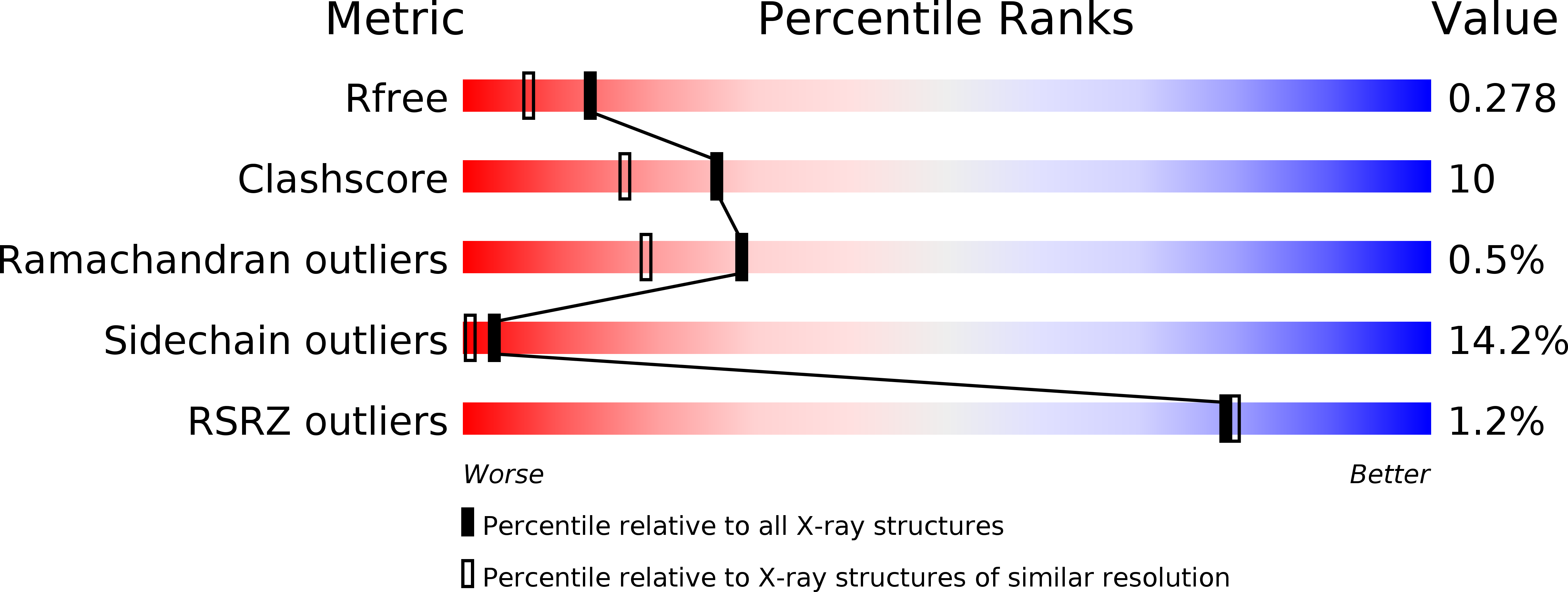
Deposition Date
2000-01-07
Release Date
2000-07-12
Last Version Date
2024-02-07
Entry Detail
PDB ID:
1DS7
Keywords:
Title:
A MINOR FMN-DEPENDENT NITROREDUCTASE FROM ESCHERICHIA COLI B
Biological Source:
Source Organism:
Escherichia coli (Taxon ID: 37762)
Host Organism:
Method Details:
Experimental Method:
Resolution:
2.06 Å
R-Value Free:
0.26
R-Value Work:
0.20
R-Value Observed:
0.20
Space Group:
P 41 21 2


